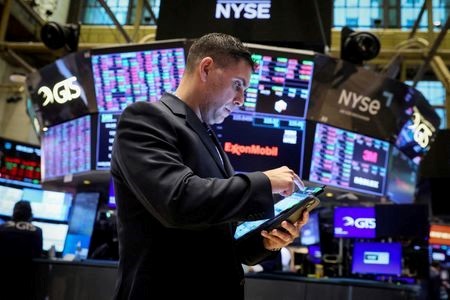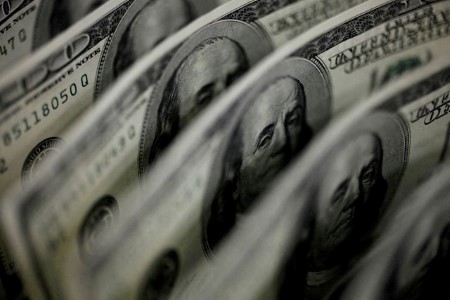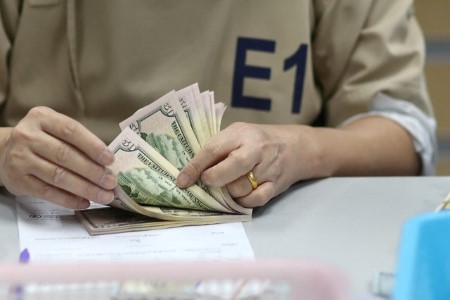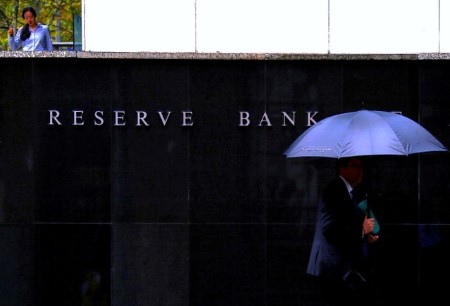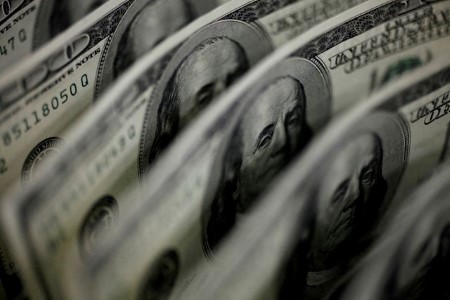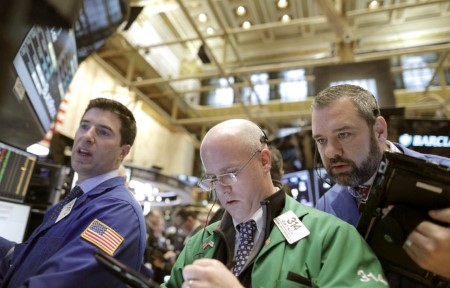The S&P 500 and Nasdaq closed at record highs on Tuesday as Nvidia extended its surge to new peaks, while the Dow was barely changed in pre-holiday trading following softer-than-expected US retail sales data.
Nvidia overtook Microsoft to become the world’s most valuable company.
Other chip stocks, including Qualcomm, Arm Holdings, and Micron, also extended their recent rallies, boosting the Philadelphia SE Semiconductor index to a record high.
“It’s really the AI story,” said Ty Draper, financial advisor at Beacon Capital Management in Franklin, Tennessee.
The Nasdaq notched a seventh record closing high in a row, with gains in many chip stocks despite losses in Alphabet, Amazon, and Meta Platforms.
Retail sales rose 0.1% in May, versus the 0.3% growth forecast by economists polled by Reuters, while another report showed surprisingly strong May industrial production and manufacturing output.
Following the news, markets slightly increased bets on two Federal Reserve interest rate cuts this year, LSEG’s FedWatch showed, despite US central bankers’ most recent projections for just one easing.
Technology was the top S&P 500 sector gainer, while communication services led declines.
Investors focused on Fed officials’ comments on Tuesday. New York Fed President John Williams said rates will come down gradually over time, while Richmond Fed’s Thomas Barkin said he required more months of economic data before supporting a rate cut.
Some market observers noted nothing surprising emerged. “That’s why the markets stay unchanged today,” said Jim Awad, senior managing director at Clearstead Advisors LLC in New York.
US markets will be closed on Wednesday for the Juneteenth holiday.
Hopes for multiple rate cuts this year, excitement for AI-related companies, and robust earnings from other tech firms have bolstered equities in recent months, with gains concentrated in a few heavily weighted stocks.
Citigroup raised the year-end target for the S&P 500 to 5,600 points from 5,100.
According to preliminary data, the S&P 500 gained 14.23 points, or 0.25%, to end at 5,487.46 points, while the Nasdaq Composite gained 9.09 points, or 0.05%, to 17,862.23. The Dow Jones Industrial Average rose 54.07 points, or 0.15%, to 38,832.17.
Shares of education technology provider Chegg rose after announcing job cuts in a restructuring.
Homebuilder Lennar fell after forecasting lower-than-expected third-quarter home deliveries.
(Reporting by Echo Wang in New York; Additional reporting by Lisa Mattackal and Ankika Biswas in Bengaluru; Editing by Shounak Dasgupta, Maju Samuel, and Richard Chang)







 DOWNLOAD
DOWNLOAD




